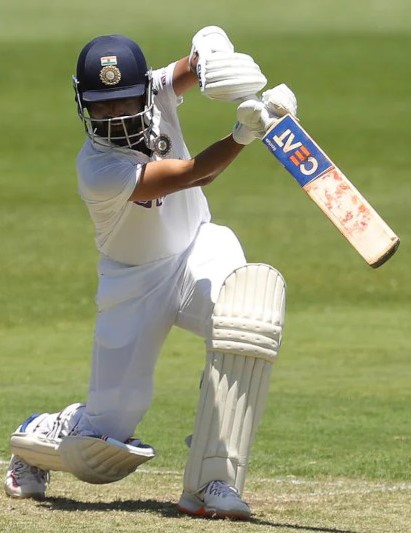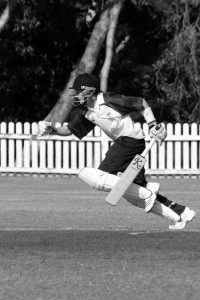Ask the Umpire
Had an interesting thing happened during a match where you thought the cricket umpire may have got the decision wrong or did you just want to ask a cricket umpire to settle an argument with friends? Are you unable to find the answer to an umpiring question when looking through the law book or your competition playing conditions?
Here is your chance to ask an active cricket umpire.
Here are a couple of examples:
Q: A batter is hit on the pads and the fielding team appeals for lbw. The umpire declines the appeal. The batter is standing just out of the batting crease adjusting his gloves. Noticing this, the wicketkeeper removes the bails and appeals for the stumping. What is your decision?
A: The batter is out, run out not stumped, but before you give your decision, ask the fielding captain if he wishes to continue with the appeal. The fielding team may decide in the ‘spirit of cricket’ not to continue with the appeal.
Q: A batter makes his mark in front of the batting crease and takes guard in front of the crease line. He is at the non-striker’s end. He takes an easy single but does not make his ground over the crease line. Instead, he faces up to the next delivery in front of the crease. The fielding team claims a short run. What is your decision as a square leg umpire?
A: It is not a short run as there was no deliberate attempt to run short. However, the fielding team could have run him out for not making his ground.
Q: A bowler bowls an above waist-high full toss wide of the batter who reaches for the ball and edges it to first slip who takes the catch. The fielding team appeals for the catch. The umpire replies not out and signals no-ball as the ball was above waist-high. Should the umpire give the bowler a formal warning that if he bowls another above waist-high delivery he will be removed from the bowling attack?
A: No, as the delivery was not threatening the batter’s safety. Imagine a rectangle drawn around the batter. If the delivery is inside that imaginary rectangle then the ball would have threatened the batter. In that case a warning should have been given to the bowler.
Q: In a 50-over match the team batting first (the home team) is bowled out in 36 overs at 2.25pm. The playing conditions state that a lunch break of 30 minutes is to be taken between innings. The 50 overs is to take no more than 3 hours 30 minutes to bowl. Play begins at 12.00pm. The home team supplies lunch for the players and umpires. The captain of the home team informs the umpires that lunch is not ready and demands that the visiting team must start its innings and bat until 3.30pm when lunch will be taken “at the normal time”. The visiting team captain disputes this as it means his team’s innings will have two starts and therefore is unfair. Do you agree with the home captain’s demand?
A: No. The lunch break must be taken between innings no matter what time the first innings finishes, nor whether lunch is ready or not.





